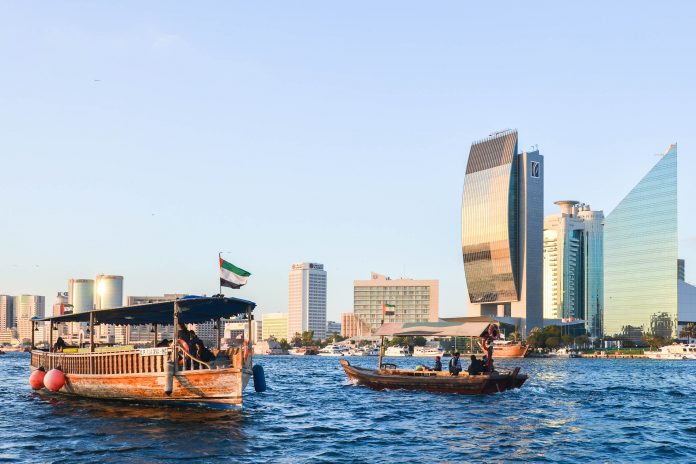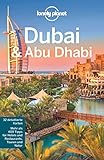Der Dubai Creek ist ein Meeresarm des Persischen Golfs, der die Stadt Dubai in zwei Hälften teilt. Die ehemalige Lebensader Dubais hat ihre Bedeutung für Handel und Seefahrt verloren, zählt jedoch zu den wichtigsten Sehenswürdigkeiten Dubais.
Der Dubai Creek („Dubai Bach“), auf arabisch „Al Khor“, ist ein 14km langer Meeresarm in Dubai in den Vereinigten Arabischen Emiraten. Er befindet sich zwischen den beiden Stadtteilen Bur Dubai und Deira und zählt zu unseren Top 10 Sehenswürdigkeiten von Dubai.
Inhaltsverzeichnis
BILDER: Dubai Creek in Dubai
Fotogalerie: Dubai Creek in Dubai
Dubai Creek: Geburtsstätte Dubais
Der 14 Kilometer lange Dubai Creek machte die Gründung von Dubai überhaupt erst möglich. In der trockenen Wüste am Persischen Golf entstanden entlang des Dubai Creeks Hütten von Fischern und Perlentauchern. Nach und nach siedelten sich auch Händler und Seefahrer in Dubai an und die Siedlung entwickelte sich zu einer bedeutenden Hafenstadt. Nach Ölfunden im Jahr 1966 explodierte Dubai förmlich.
In den 1970er-Jahren wurde der Creek vergrößert, damit er auch von großen Schiffen befahren werden kann. Somit wurde der Dubai Creek zum wichtigsten Hafen von Dubai und bedeutendem Motor für die florierende Erdölindustrie. Mittlerweile hat der Dubai Creek jedoch zu Gunsten der beiden Großhäfen von Dubai an wirtschaftlicher Bedeutung verloren. Für den Tourismus ist die einstige Lebensader Dubais nach wie vor eine funktionierende Einnahmequelle.
Unterwegs am Dubai Creek
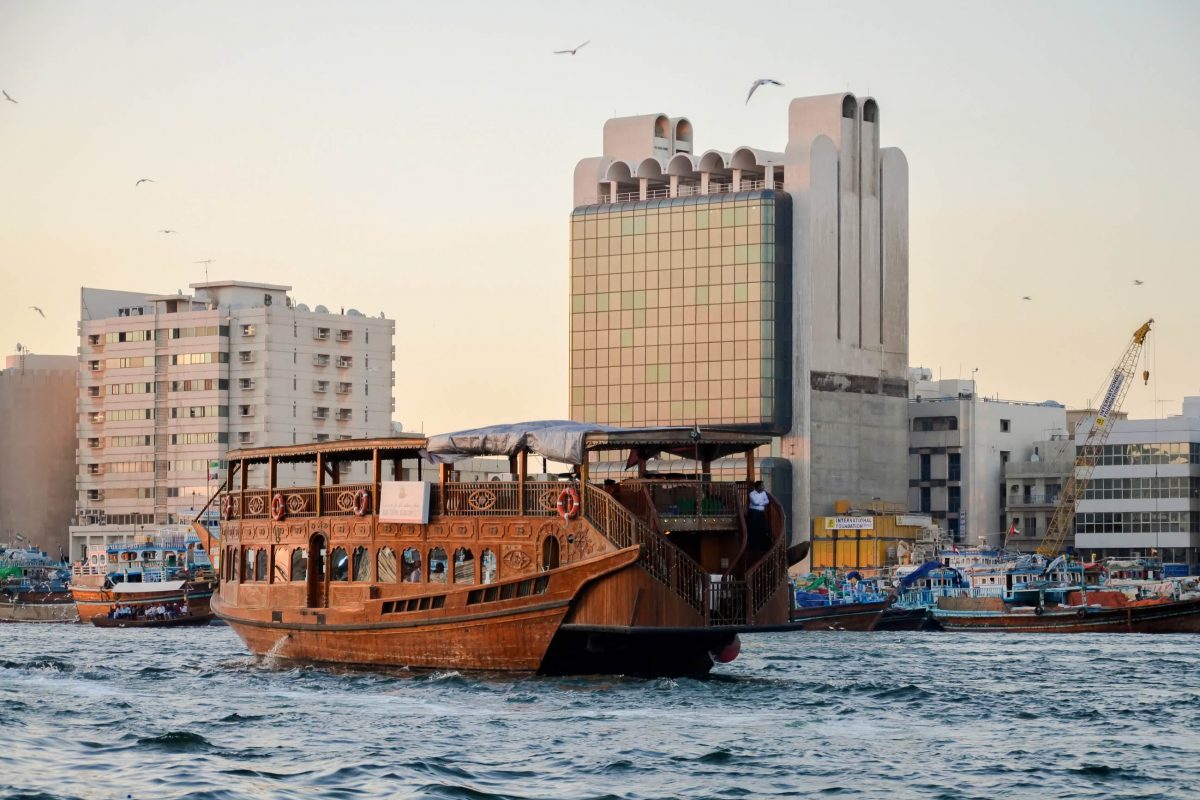
Das historische Bur Dubai und das moderne Deira sind über drei stark befahrene Brücken miteinander verbunden, der Al-Maktum-Brücke, der Al-Garhud-Brücke und der Business Bay Bridge.
Außerdem verkehren regelmäßig hölzerne Wassertaxis, so genannte Abra, am Dubai Creek. Diese werden von Touristen auch gern genutzt, um die Sehenswürdigkeiten am Dubai Creek abzuklappern und den malerischen Kontrast von Alt und Neu der beiden Stadtteile zu erleben.
Sehenswürdigkeiten am Dubai Creek
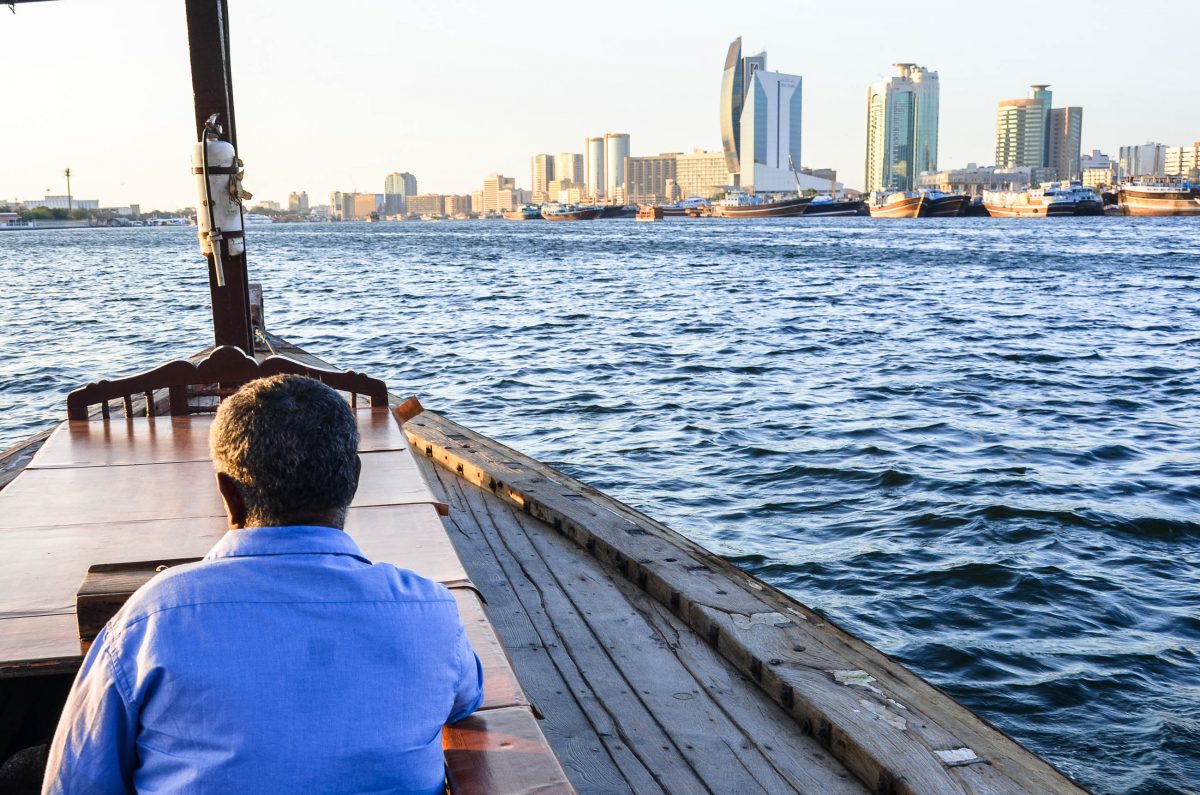
Die ursprünglichste Variante, sich am Dubai Creek zu bewegen, ist eine Fahrt mit einem traditionellen „Dhau“, einem alten Holzboot, die seit dem Entstehen von Dubai auf dem Dubai Creek unterwegs sind und heute noch von Hand beladen werden. Betritt man anschließend eines der Cafés am Ufer des Dubai Creek und beobachtet das geschäftige Treiben, kann man sich so richtig in die orientalische Welt von damals hinein versetzen.
Tipp: Mit dem Dhau oder mit dem Abra eine Entdeckungstour am Dubai Creek zu unternehmen, ist ein absolutes Muss für jeden Dubai-Besucher. Einfach einen Fahrer ansprechen und den Preis für eine Rundfahrt aushandeln. Die beste Zeit dafür ist übrigens der Sonnenuntergang, wenn dann langsam die Lichter von Dubai angehen.
Am westlichen Ufer befinden sich der Dubai Creekside Park, der Besucher mit seinen malerischen Themengärten erfreut und die Dubai Children’s City. Etwa 1 Kilometer nach der Mündung liegt die Altstadt von Dubai. Hier liegt auch die Shindagha, der ehemalige Wohnsitz von Scheich Said ibn Maktum, dessen prunkvoller Bau besichtigt werden kann.
Die bewaldete Lagune am Auslauf des Dubai Creek ist das Naturschutzgebiet „Ras al Khor Wildlife Sanctuary“ und bietet über 20.000 Zugvögel geschützte Rastplätze.
Millionenprojekte am Dubai Creek
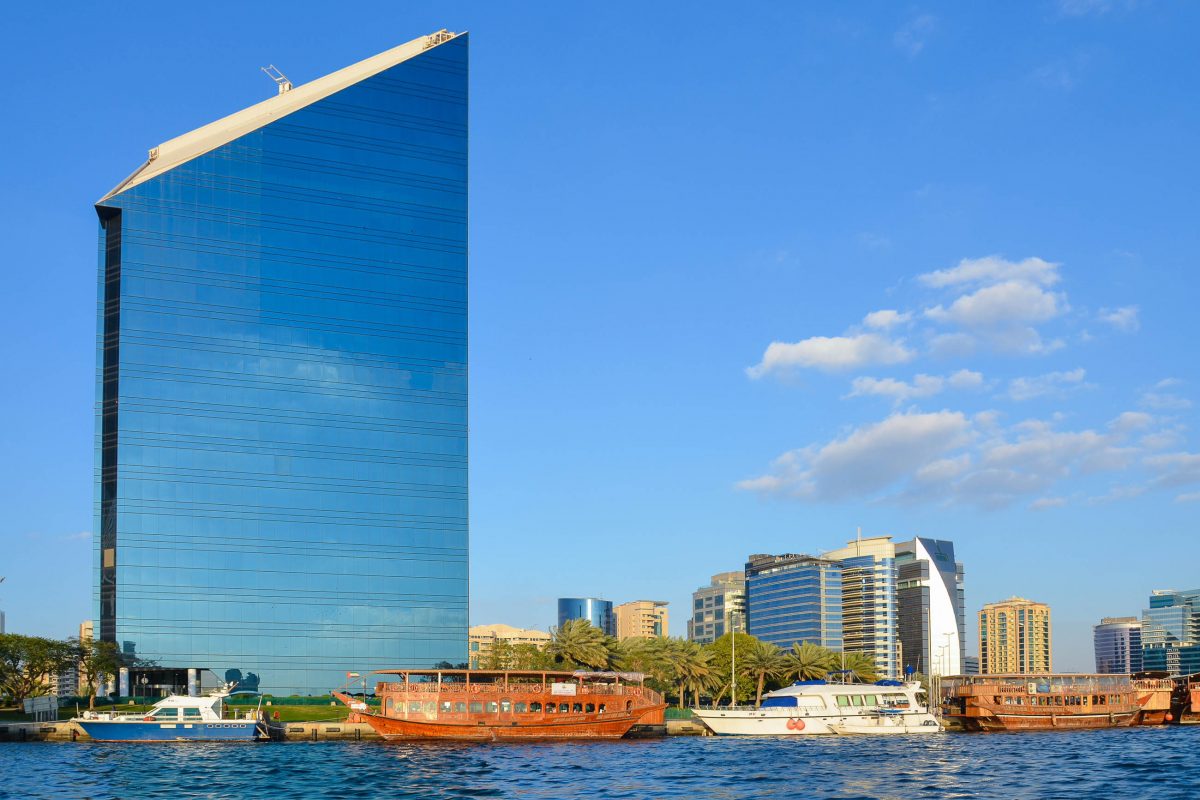
Die „Dubai Festival City“ ist eine Stadt in der Stadt und bietet auf einer Fläche von knapp 5km2 Hallen und Aufenthaltsgebäude für sportliche und kulturelle Veranstaltungen mit aller erdenkbaren Infrastruktur. Nach der Fertigstellung 2015 wird die Dubai Festival City außerdem auch einen Yachthafen, einen Golfplatz und den „Canal Walk“ beherbergen.
Zurzeit ist eine Verlängerung des Dubai Creeks im Bau. Ist der Ausbau fertiggestellt, soll die Wasserstraße des Creeks eine Ringstraße bilden, die den gesamten Stadtteil Bur Dubai zu einer 15 Quadratkilometer großen Insel macht. Damit wird aus der Sackgasse ein schiffbarer Verkehrsweg, der vom Meer aus durch das Zentrum von Dubai führt. Es wird sogar überlegt, das ehrgeizige Projekt als Ersatz für einige Autostraßen Dubais zu verwenden.
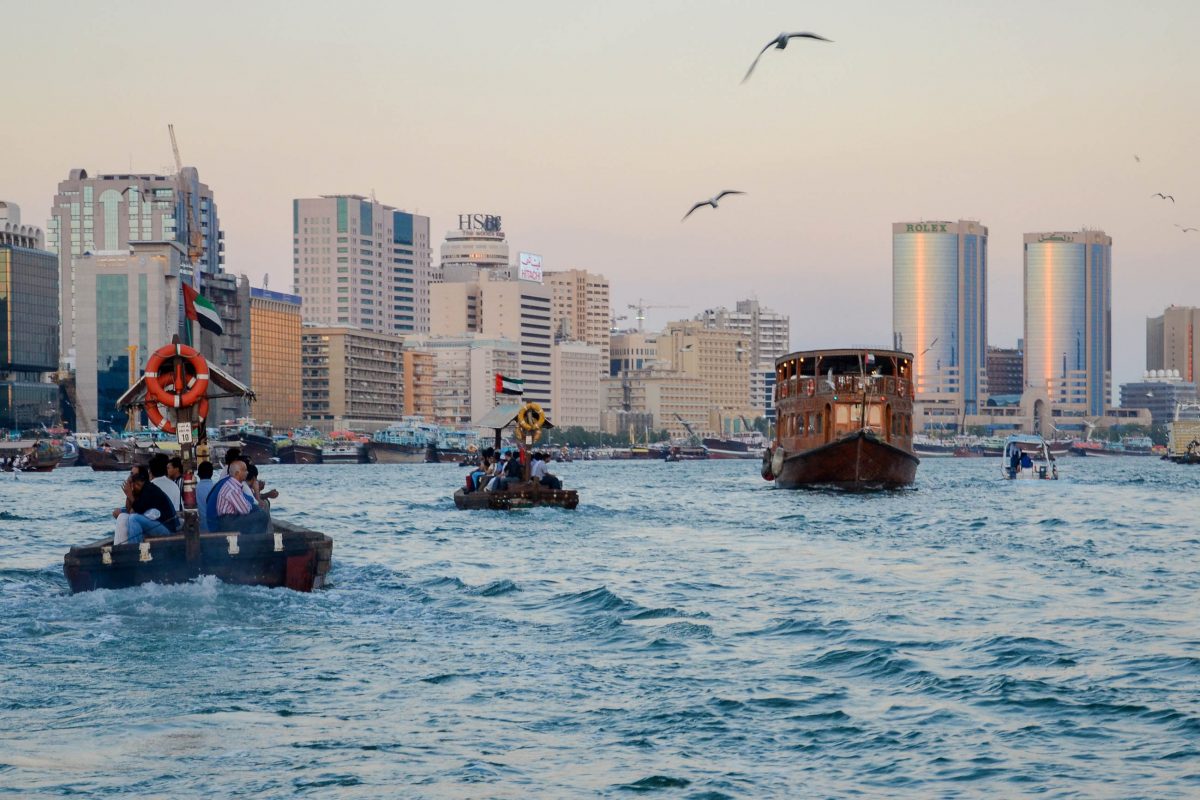
An dieser Verlängerung und als Fortsetzung von „Downtown Dubai“, der Stadt zu Füßen des gewaltigen Burj Khalifa ist die „Business Bay“ am Entstehen. Zwischen idyllischen Wasserflächen wird ein Mix aus Büro und Wohnhäusern errichtet, die in bis zu 500m hohen Wolkenkratzern untergebracht sind. Viele der begehrten Grundstücke haben eine Uferanbindung an den Creek und sind daher mit Privatbooten erreichbar.
Weitere Bürogebäude sollen am „Jewel of the Creek„, einem ehemaligen Raffinerie-Gelände zwischen der Al-Maktum-Brücke und dem Dubai Creek Golf & Yacht Club entstehen.
Auch weitere ehrgeizige Bauprojekte an den Ufern des Dubai Creek sind in Planung, wie zum Beispiel „The Lagoons„, sieben künstliche Inseln, auf denen eine Oper und andere Kulturhäuser, sowie die vier bis zu 500 Meter hohen „Dubai Towers“ entstehen sollten, oder „Culture Village„, eine altarabische Nachbildung von Venedig. Viele dieser Millionen verschlingenden Vorhaben mussten jedoch aufgrund der Finanzkrise vorerst gestoppt werden.

